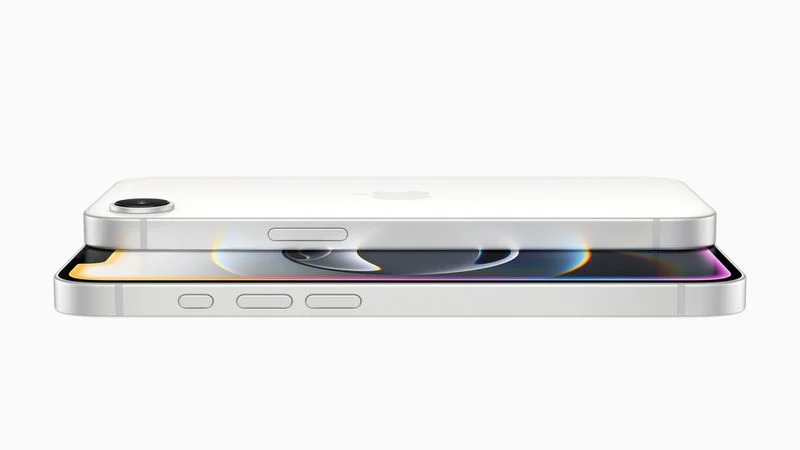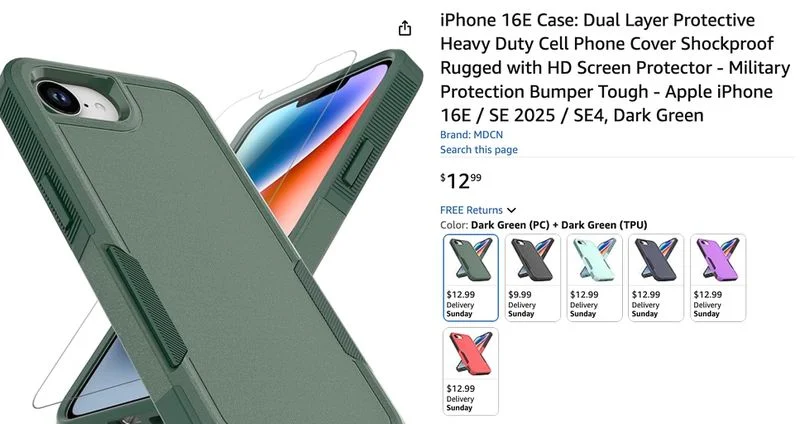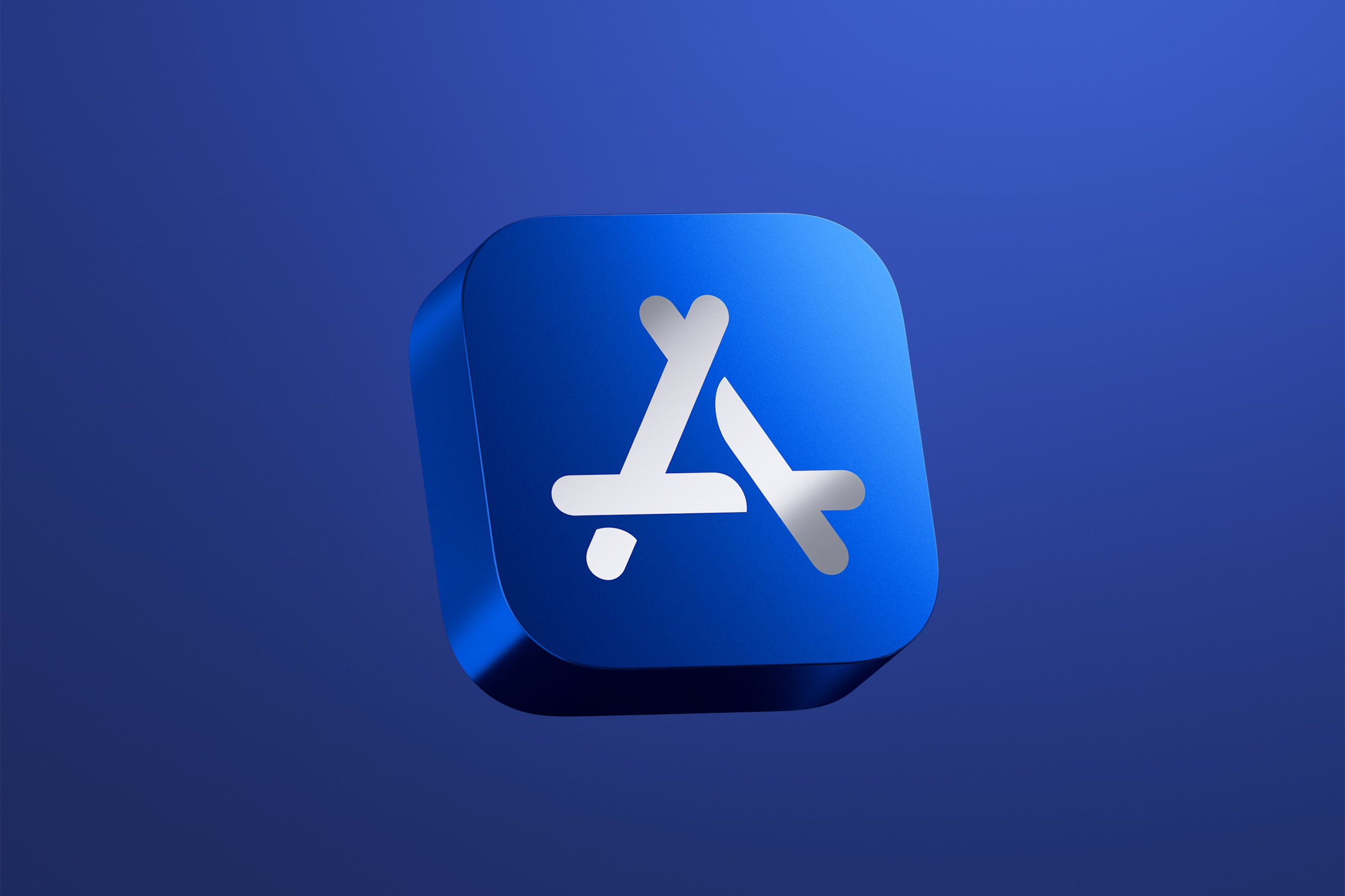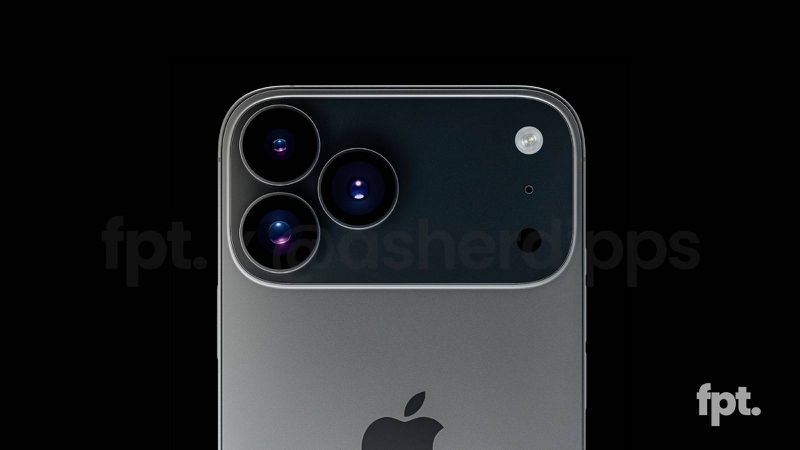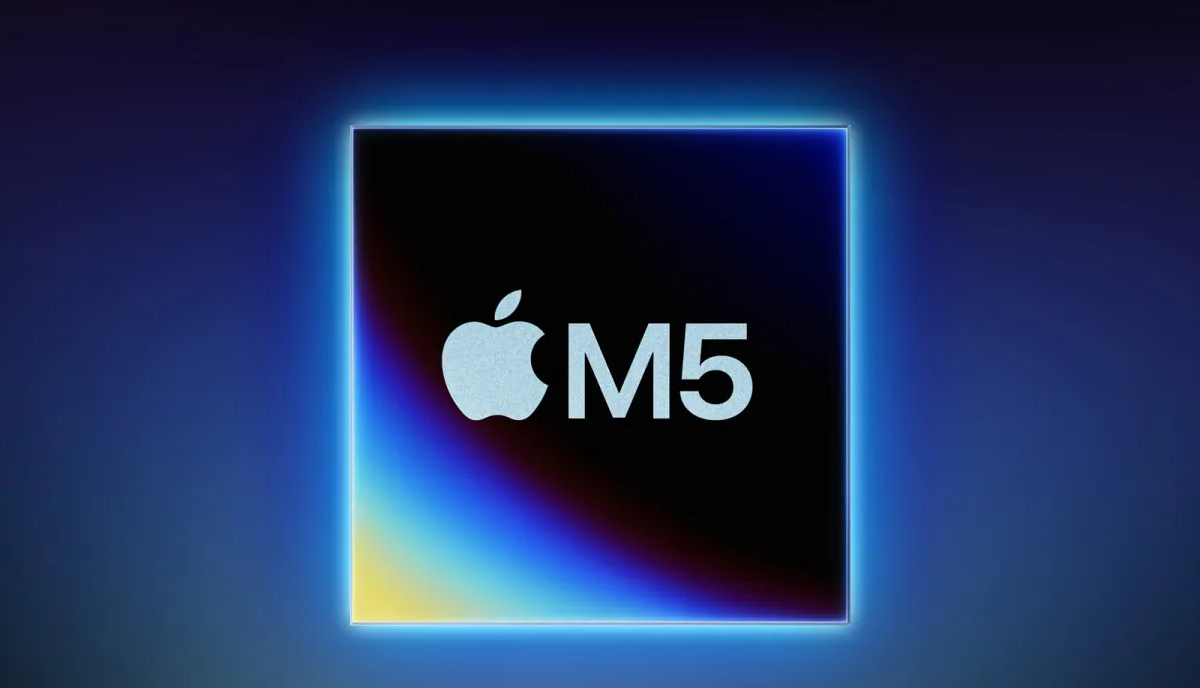Apple has just launched the iPhone 16e, aimed at being an affordable option for smartphone users. This new model takes over from the discontinued third-generation iPhone SE. The iPhone 16e boasts a bigger 6.1-inch OLED screen, a step up from the 4.7-inch LCD of its predecessor. It now sports a notch for Face ID, signaling the end of the Touch ID era for Apple’s phones.
Under the hood, the phone runs on the brand-new A18 chip, which not only speeds up the device but also supports Apple’s smart features like summarizing notifications and creating personalized emojis. Another highlight is the custom 5G modem, dubbed C1, that Apple developed in-house. This modem is said to be so energy-efficient that it gives the iPhone 16e the best battery life among all 6.1-inch iPhones.
For photography, there’s a single 48-megapixel camera on the back, which Apple claims can offer a 2x zoom with optical-quality results. Design-wise, the iPhone 16e introduces an Action button where the traditional Ring/Silent switch used to be, and it has moved to a USB-C port, leaving behind the Lightning connector. However, it does not include the Camera Control button seen in other iPhone 16 models.
Pre-orders for the iPhone 16e begin on February 21. It’s priced at $599 in the U.S., and you can choose between white or black, with storage options of 128GB, 256GB, or 512GB. This new iPhone aims to blend advanced technology with affordability, providing an entry point into Apple’s ecosystem for those looking to upgrade without breaking the bank.
